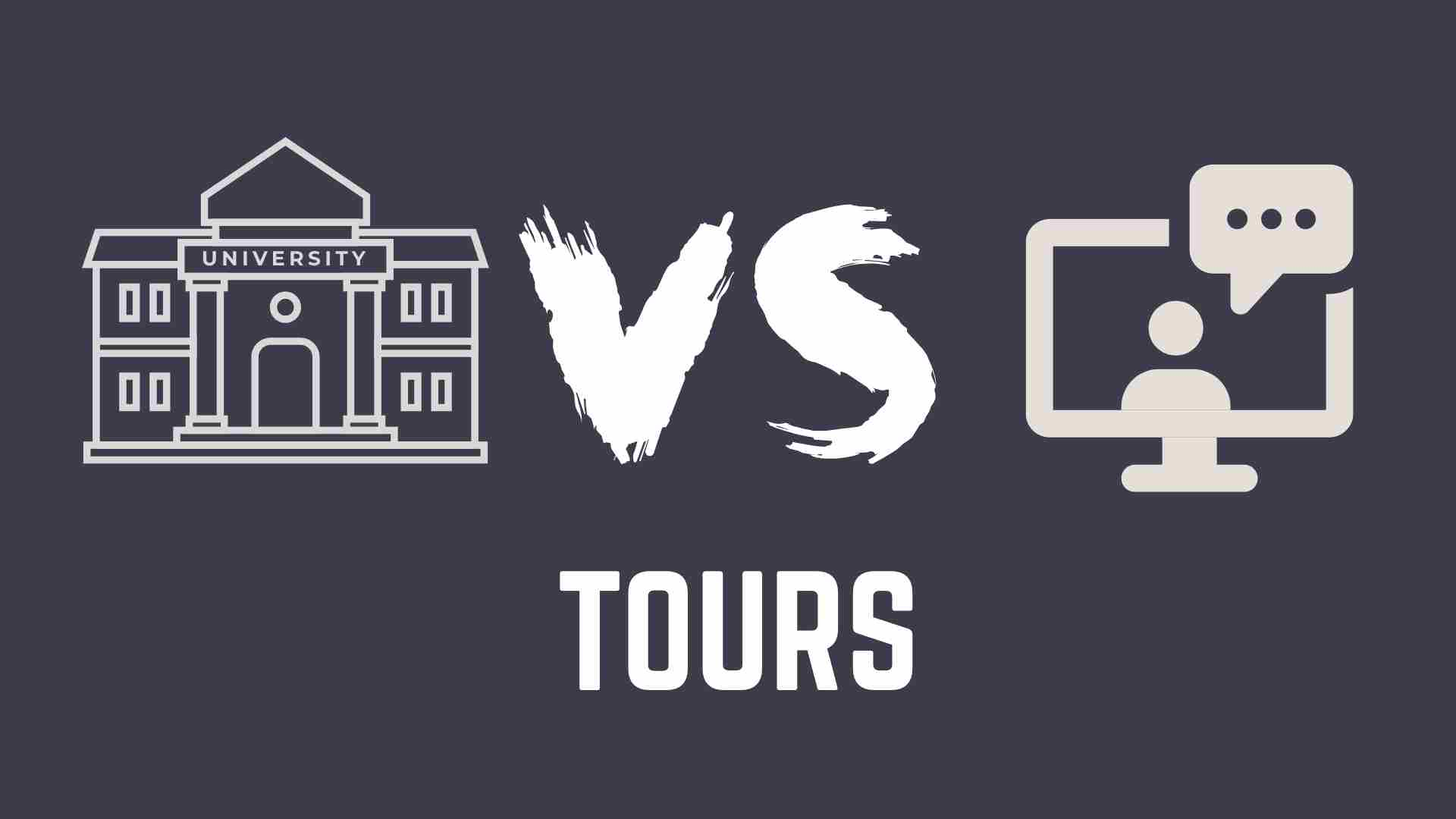info@subilrecruiters.com

Campus tours vs virtual tours: which converts better?
Deciding where to study is one of the most important steps a student will take. It often marks the start of a new chapter, sometimes in a different city or even a new country.
Parents feel it too. There is pride, but also concern. They want to know their child is in the right place, surrounded by the right people.
To help with this choice, universities usually offer two options: campus tours and virtual tours. Each gives insight, but in different ways.
This article explores how both approaches work, what makes them effective, and which one is more likely to turn interest into a firm decision.
The power of a campus tour
Seeing a university in person offers something no online experience can truly match. Students sense the atmosphere all around them. They hear conversations, watch how people move through the space, and begin to picture what daily life might feel like.
As they walk through lecture halls, explore the library, and pass through common areas, they gather more than just information. They start to imagine where they would sit, study, and make new friends.
These small moments build emotional connection. Meeting staff, asking questions, and hearing from current students helps them feel seen and welcomed.
For many, this personal experience turns a quiet interest into real confidence in their decision.
“When I stepped onto the campus, I just knew,” is something admissions staff often hear from applicants who convert after visiting.
How virtual tours help students make informed choices
Virtual tours offer a different kind of strength. They allow students to explore the university at their own pace, on their own time, and from anywhere in the world.
Most virtual tours include panoramic views, guided videos, interactive maps, and student testimonials. These tools bring the campus to life without requiring travel.
Some universities go further by offering:
- Live webinars with academic staff
- Student-led walkthroughs
- Online question-and-answer sessions
- Recorded talks with alumni
These features turn a standard virtual tour into an engaging experience. For students unable to visit in person, this level of access can feel deeply reassuring.

Comparing what each tour experience offers
Each option serves a different purpose, and both offer value at different stages of the decision-making process.
Campus tours offer:
- A personal and emotional connection to the environment
- Spontaneous conversations with staff and students
- A full sensory experience
Virtual tours offer:
- Greater flexibility and repeat access
- A chance to involve family in the decision
- No cost or travel needed
Students who attend a campus tour often say they feel a sense of belonging, which can lead to faster decisions. Meanwhile, virtual tours help those at the research stage begin forming opinions and narrowing their choices.
Overcoming barriers through accessibility
Campus tours offer depth, but not everyone can access them. Travel costs, time limitations, and family responsibilities often prevent students from attending in person.
Those from low-income backgrounds or rural areas may find it particularly difficult. Health or mobility concerns can also be a barrier.
Virtual tours help remove many of these limitations. They allow every student to explore university life, regardless of where they live or what support they need.
A university offering both options sends a clear message: “You are welcome here, and we have made space for you.”
Which option converts better?
Universities want to know which format leads to more applications. The answer is not simple, but a combination is often most effective.
Campus tours tend to convert well among students who already have strong interest. Visiting helps confirm their choice.
Virtual tours often come earlier in the process. They build awareness and curiosity. When supported with thoughtful follow-up, they can convert just as strongly.
For example:
- One UK university found that students who attended both a virtual and physical event were 40% more likely to apply.
- Another reported a 25% rise in international applications after launching a more interactive virtual tour.

Supporting international student recruitment
For international students, a virtual tour is often the only realistic option. These students need more than a view of the buildings; they need to feel seen, supported and welcomed.
Virtual tours tailored to international students can include:
- Translated captions and multilingual guides
- Clear guidance on visas and accommodation
- Personal stories from international students
- Video greetings from academic departments
These small details help build trust. They also reduce uncertainty, which often holds back overseas applicants.
A two-step strategy that boosts recruitment results
The most successful universities do not ask which tour is better. Instead, they ask how we can make both work together?
A strong virtual tour can spark interest. From there, students may choose to attend an in-person open day or campus visit. Others may apply based on the strength of their online experience alone.
Offering both allows you to:
- Reach students earlier in their journey
- Engage those who cannot visit
- Convert those who need an emotional connection to decide
Together, campus and virtual tours form a complete recruitment strategy.
Final thoughts
There is no one-size-fits-all answer. Students have different needs, and both types of tours meet those needs in different ways.
A good virtual tour builds awareness and trust. A good campus visit confirms that trust and turns it into action.
Universities that invest in both formats send a clear message. They care about access. They value flexibility, and most of all, they understand that recruitment is not just about numbers; it is about people.
If your goal is to increase meaningful engagement, review both your virtual and campus tour strategy. Ask yourself, which option suits your university best?
A virtual tour that lets students explore anywhere, anytime, at their own pace? Or an on-campus tour where they can experience university life in person and have their questions answered instantly by staff and students?
You may also want to read this article


